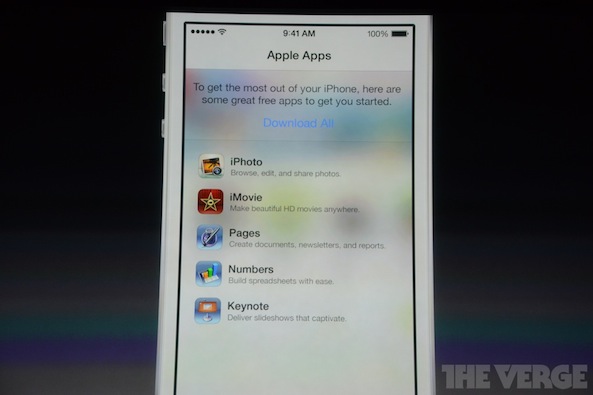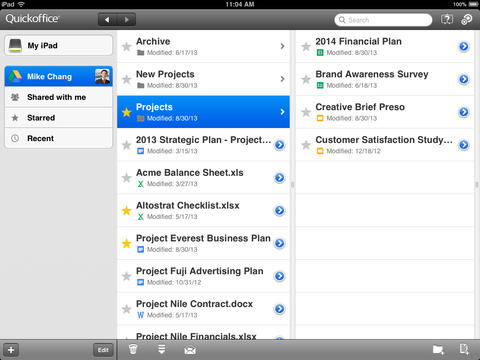Earlier in June of this year, software maker Microsoft finally posted its long overdue Office 365 for iPhone (Jeff reviewed it here). The native iPad build, however, was nowhere to be seen. Speaking at a Gartner event in Florida today, Microsoft’s outgoing CEO Steve Ballmer slipped in that Office for iPad is indeed being worked on.
He also cautioned that his company will first release touch-optimized version of Office for Windows before unleashing the iPad edition. In case you’ve been wondering, touch-optimized Office is currently “in progress”…
The Verge has the quote:
iPad will be picked up when there’s a touch first user interface.
It’s a repeat of the comment Qi Lu, Microsoft’s head of applications and services, made at an analyst meeting recently: he said Microsoft is “working on touch-first versions for our core apps in the Office suite,” and that the company will “bring these apps to Windows devices, and also to other devices in ways that meet out customers’ needs”.
For what it’s worth, the Windows giant demoed a Metro-style version of PowerPoint for Windows 8.1 at its Build developer conference earlier this year.
If Office for iPhone is anything to go by, the iPad edition is likely going to require a paid Office 365 subscription to function. Moreover, I have a feeling that the iPad version will be more of an Office companion than a full-blown productivity application, akin to its sub-par iPhone counterpart.
This would be in line with Microsoft’s philosophy when it comes to mobile and competing devices. For instance, the company recently took its Outlook Web App and turned it into a native iOS client that leaves a lot to be desired.
Having moved to Google Apps a few years back (and never looking back), I’m not sure I’m the right person to comment on the benefits of having a full-on Microsoft Office suite for the Apple tablet.
Speaking of Ballmer, here’s his tearful goodbye in a farewell address to troops.
No matter how you look at it, Microsoft must be feeling the heat.
Apple, for example, recently made its Pages, Keynote and Numbers productivity apps (along with a bunch of other applications) free to everyone who purchased a new iOS device.
Users are reminded to download these apps for free during the iOS 7 setup process, but can also choose to download them later through the App Store, by visiting the Featured > New to the App Store? > Apps Made by Apple section.
Making matters worse for Microsoft, Google-owned Quickoffice suite has recently gone free. It’s one of the finest Microsoft Office alternatives on iOS and Android smartphones and tablets I’ve seen to date. As if that weren’t enough, Google’s enterprise-focused strategy with Apps continues unabated.
Quickoffice for iPad.
Of course, Microsoft Office remains the de facto standard for business productivity.
That, like everything in life, might change at a moment’s notice. It was just five years ago that Google unveiled its Chrome software and today Chrome is the world’s top browser despite the fact that big businesses depend on Microsoft’s browser as enterprise web apps are typically certified against Internet Explorer.
Let’s also not forget that the search monster is now building its own Android mobile devices and Chromebook notebooks and has promised to bring Chrome OS design and features to Windows 8.
Do you care about Office for iPad?
Image top of post: Office Online running on an iPad.


